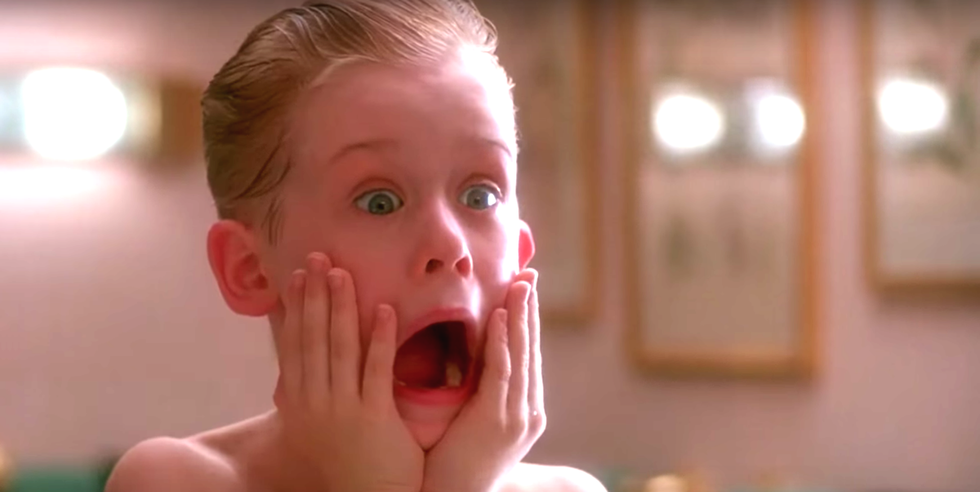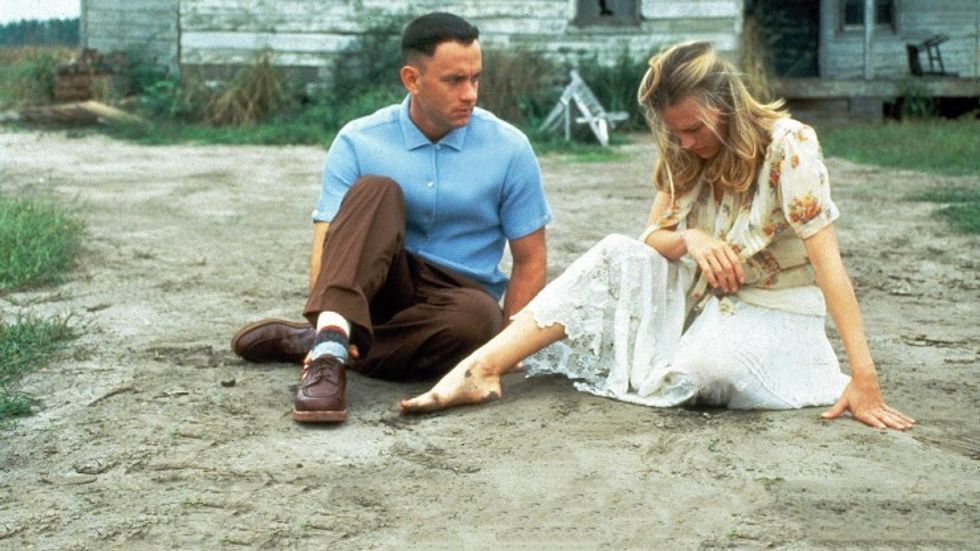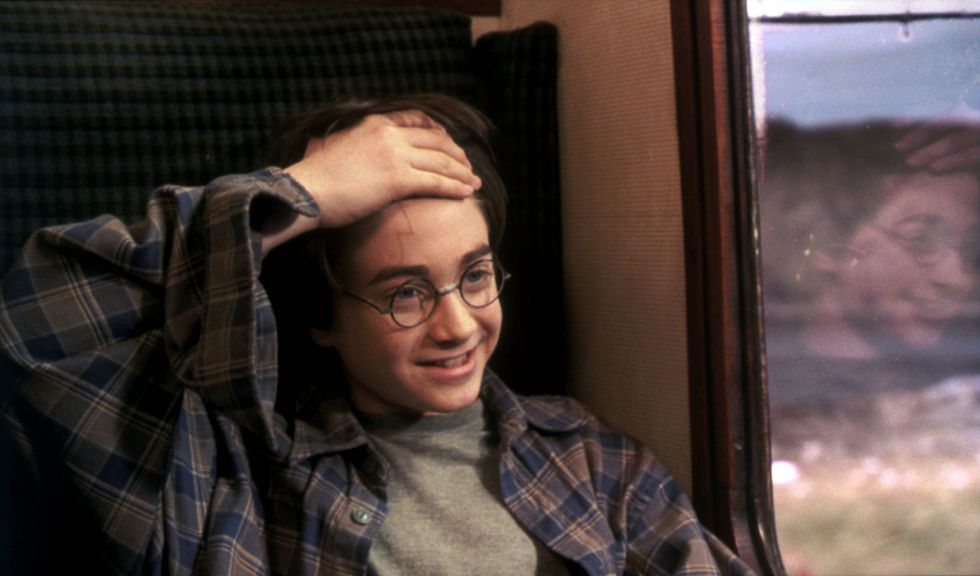
When you’re writing or developing a new idea, sometimes you need a little push with the characterization; That’s where the character archetypes fit into play. They resonate across cultures, embodying fundamental human desires, values, and personality traits.
Today, we’re going to go over the child archetype, or “innocent child” as it’s sometimes referred.
We’ll dissect the child archetype in film and TV, exploring its nuances, its relevance in narrative storytelling, and its profound impact on audiences and filmmakers alike.
Sound good? Let’s get started.
The Innocent Child Archetype Definition
The Innocent Child archetype epitomizes purity, naivety, and an unblemished outlook on the world. As their name says, they are innocent of experiencing everything.
This archetype is not confined by age but is characterized by an inherent goodness and a simplistic, yet profound, understanding of life. There’s wisdom within them.
It embodies the essence of untainted perspective, often in contrast to the complexities and moral ambiguities of adulthood.
Examples of the Innocent Child Archetype

The Child archetype is a compelling and ubiquitous presence in storytelling, embodying purity, optimism, and a straightforward moral compass that often leads to significant impacts on the narrative and other characters.
Here are some notable examples from film, television, and literature:
- Scout Finch in To Kill a Mockingbird: Scout’s innocence and straightforward questions illuminate the irrationality of the racial prejudices within her community. Her perspective urges the adults around her to reassess their views and serves as a catalyst for growth and understanding.
- Kevin McCallister in Home Alone: Left behind by his family during Christmas, Kevin’s childlike ingenuity and pure heart enable him to outsmart burglars and safeguard his home. His adventures reignite his family’s appreciation for one another, underscoring the importance of family and resilience.
- Mowgli in The Jungle Book: Raised by wolves in the jungle, Mowgli’s innocence and natural affinity with the animal kingdom confront the established norms of both the animal and human worlds. His journey is a celebration of the purity of childhood and the potential for harmony between disparate worlds.
- Elliott in E.T. the Extra-Terrestrial: Elliott’s innocent friendship with E.T. not only ensures the alien’s survival but also imparts lessons of acceptance, compassion, and the silent bond of friendship that crosses species and origins to those around him.
- Coraline Jones in Coraline: Driven by curiosity and a yearning for a more attentive family, Coraline stumbles upon an alternate reality. Her courage and pure heart ultimately rescue her and her parents from the malevolent plans of the Other Mother.
- Charlie Bucket in Charlie and the Chocolate Factory: Charlie’s innocence, combined with his steadfast goodness and humility, distinctly contrasts with the flaws of the other children in Willy Wonka’s factory. His presence reaffirms the virtues of kindness, humility, and the unblemished essence of a child’s heart.
- Aang in Avatar: The Last Airbender: The last surviving Airbender and the youthful Avatar, Aang’s innocence and profound sense of duty set him on a quest to conclude the war and restore peace to the world. His innocence and optimism fuel change and development in those he encounters.
Characteristics of the Innocent Child Archetype

If you’re going to riff on this archetype, there’s a few characteristics that you’ll want to highlight.
- Purity: The Innocent Child is marked by an untouched purity that influences those around them. They represent the goodness in the world and often act as a moral compass for other characters.
- Optimism: They possess an unwavering optimism, seeing the best in people and situations, often in circumstances where others fail to do so.
- Simplicity: Their understanding and solutions to problems are straightforward, cutting through the complexities that adults often get entangled in.
- Vulnerability: This archetype is inherently vulnerable due to their naivety and openness, which can lead to pivotal plot developments and emotional depth within the narrative.
- Wisdom: Despite their naivety, or perhaps because of it, the Innocent Child often displays moments of profound wisdom, offering insights that others overlook.
- Transformational Influence: The presence and actions of the Innocent Child often bring about change in others, inspiring them to reflect, grow, and sometimes revert to their own lost innocence.
Variations of the Child Archetype

Like all great archetypes, this one works best when you put your unique voice into it. That means finding specific variation that can benefit your story, or just working hard to develop your character.
The child archetype manifests in various forms within narratives, each offering different insights into the human condition and the societal values surrounding innocence, maturity, and growth.
- The Innocent Child: Characters like Scout Finch or Kevin McCallister showcase the world through untainted eyes, challenging the complexities and injustices of the adult world with their simple yet profound moral compass.
- The Magical Child: Characters such as Harry Potter or Aang carry the weight of world-changing destiny, embodying hope, and the miraculous potential within every individual to effect positive change.
- The Eternal Child: This aspect, seen in characters like Peter Pan or Sheldon Cooper from The Big Bang Theory, highlights an adult’s retention of childlike qualities, reflecting on society’s expectations of maturity and the inherent value of maintaining the joy and simplicity of childhood.
- The Wounded Child: Represented by characters such as Bruce Wayne (Batman), this archetype delves into themes of pain, loss, and resilience, showcasing how early traumas can shape an individual’s path towards healing and justice.
The innocent child archetype in film and television is a powerful storytelling tool, offering depth and resonance to narratives while connecting with audiences on a deeply personal level.
By exploring the innocence, potential, and growth embodied by this archetype, filmmakers and TV producers tap into a rich vein of human experience, encouraging reflection, empathy, and a rekindling of the childlike wonder that resides within us all.
Now, go put it into your own work, and get writing!
Author: Jason Hellerman
This article comes from No Film School and can be read on the original site.
